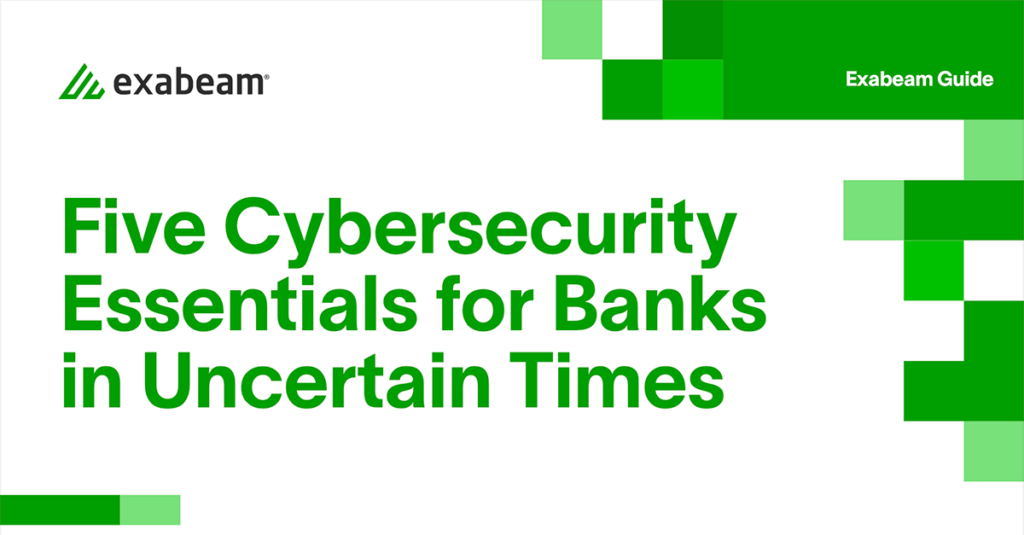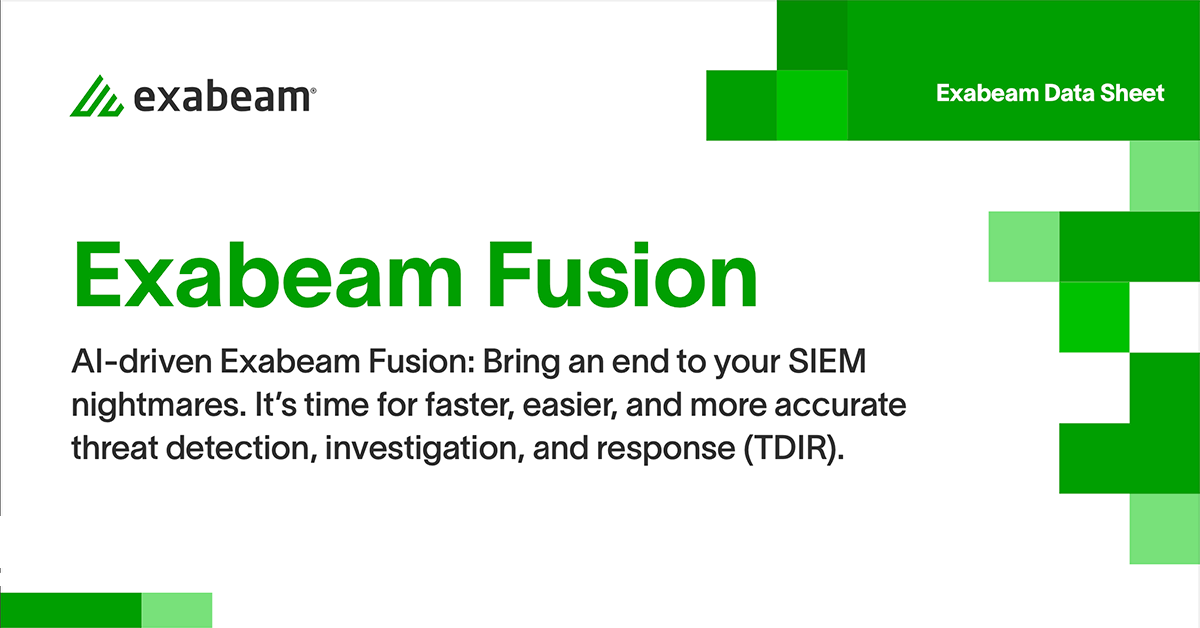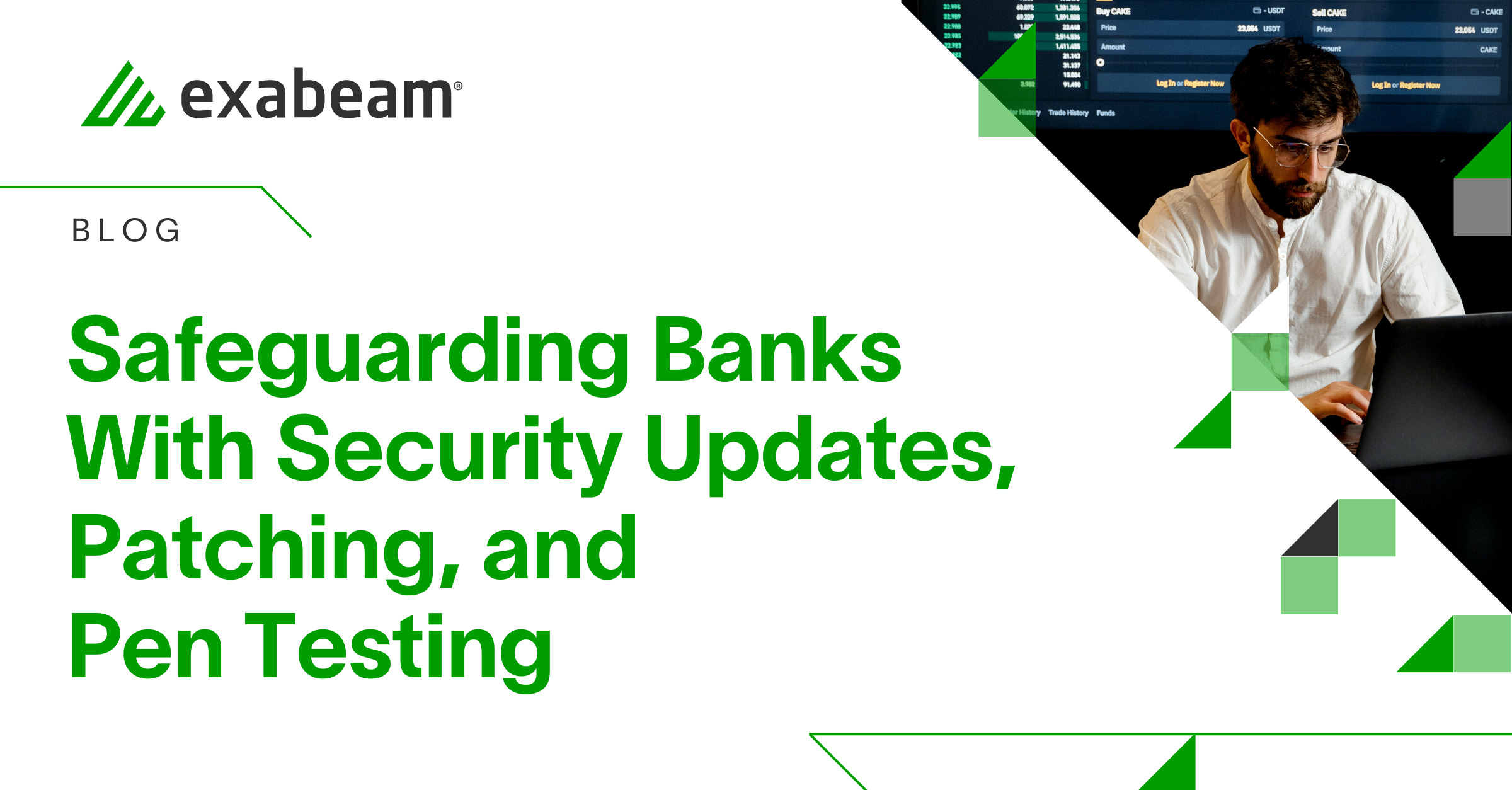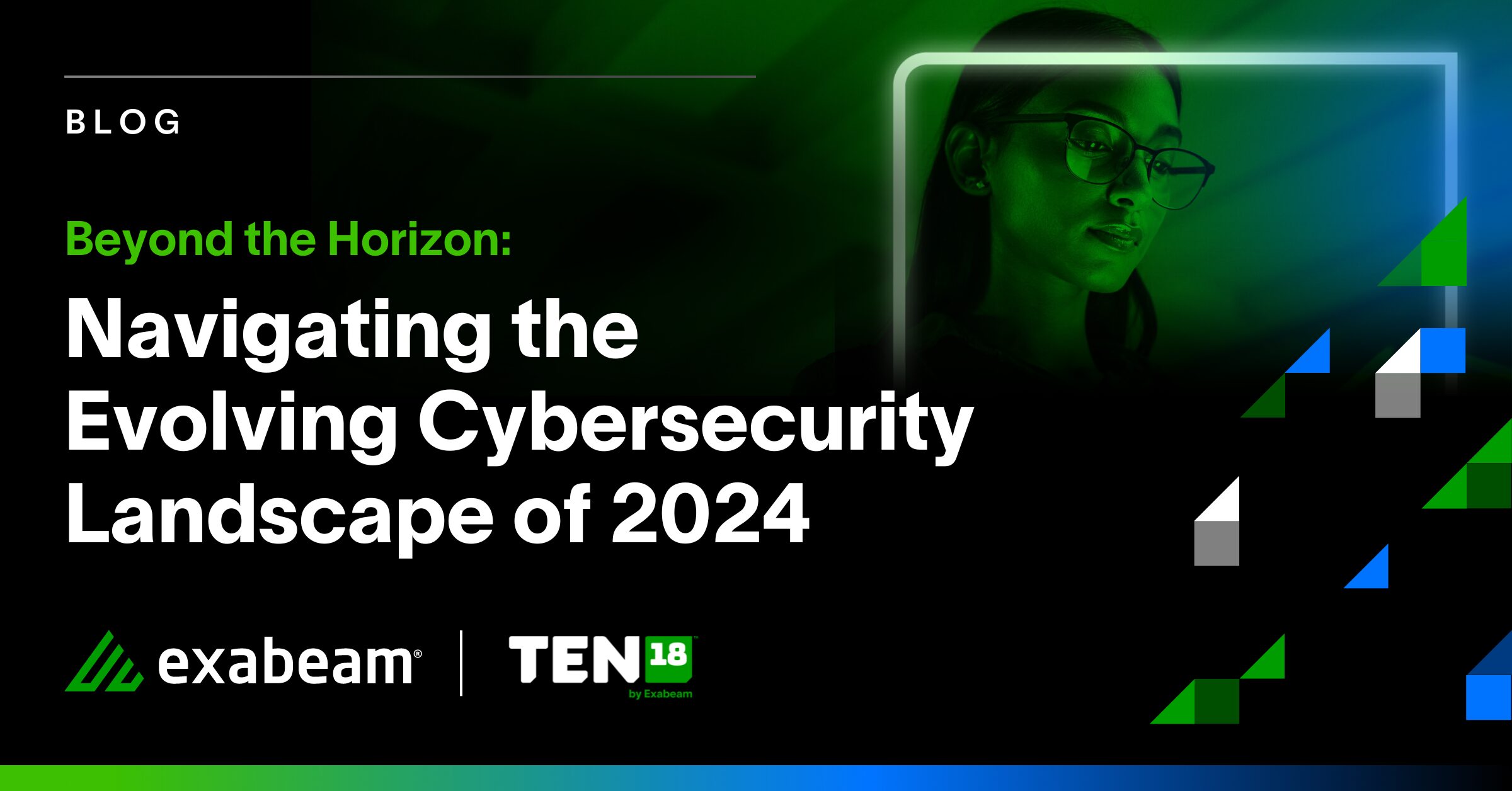In our previous post, we discussed the importance of multifactor authentication (MFA) in strengthening banks’ cybersecurity posture, including protecting against external and insider threats. As we continue our series on essential strategies for bank cybersecurity, we turn our focus to the importance of keeping systems and applications up to date with the latest security patches and updates. Cybercriminals are always looking for vulnerabilities to exploit, and outdated systems can provide easy targets for both external and insider attacks — and banks often fit the bill. In this post, we’ll discuss the significance of system updates in banking, the risks of neglecting updates, and best practices for maintaining a secure digital infrastructure.
In this article:
- The importance of regular security updates
- Risks of neglecting security updates
- Outcomes Navigator for continuous improvement
- Best practices for implementing security updates
- Implementing a comprehensive security update strategy
- Stay tuned for the next post in the series
The importance of regular security updates
Adversaries continually search for software vulnerabilities to exploit, granting them unauthorized access to sensitive data or disrupting essential services. Regularly updating software, operating systems, and security tools helps close security gaps and protect banks from potential attacks.
Security updates fall into these categories:
- Operating system updates — fix security vulnerabilities, improve stability and performance
- Application updates — patch vulnerabilities in software applications like customer relationship management (CRM) systems or accounting software
- Security software updates — ensure antivirus, anti-malware, and other security tools have the latest threat information and protection capabilities
- Firewall updates — maintain firewall integrity, crucial for defending a bank’s network from unauthorized access
Risks of neglecting security updates
When banks don’t consistently apply security updates, they leave their systems and customers vulnerable to cyberattacks. This can lead to data breaches, financial losses, and reputational damage. In some cases, consequences may be severe enough to disrupt operations temporarily or even permanently.
Neglecting security updates may also result in non-compliance with industry regulations, such as GDPR or PCI DSS. Non-compliance can lead to fines, penalties, and legal repercussions for banks. Ignoring security updates can also force banks to deal with the fallout of cyberattacks or security incidents, leading to increased IT costs as resources are devoted to investigation, resolution, and recovery.
Outcomes Navigator for continuous improvement
To assist with vulnerability assessments and penetration testing, Exabeam offers Outcomes Navigator. This feature of the Exabeam Security Operations Platform maps data sources to use cases, shows gaps in use case coverage, and provides recommendations for improvement. Outcomes Navigator supports measurable, continuous improvement by focusing on outcomes and recommending information, event stream, and parsing configuration changes to close any identified gaps.
By using Outcomes Navigator, banks can improve the visibility and performance of their existing systems, avoid breaches, and save valuable security team resources. This feature enables banks to address security vulnerabilities more effectively and ensure that their security posture remains strong against evolving threats.
Best practices for implementing security updates
Banks should establish a regular schedule for applying security updates, considering the updates’ urgency and potential impact on operations. In some cases, immediate updates may be necessary to address critical vulnerabilities, while others can be scheduled during planned maintenance windows.
Automating security update processes can ensure systems stay up to date without relying on employee compliance. Automation tools can download and install updates, perform system backups, and reboot servers as needed.
Before deploying security updates, banks should test them in a controlled environment to ensure they don’t cause unintended consequences, such as software incompatibilities or performance issues. This approach can minimize disruptions to business operations during the update process.
Implementing a comprehensive security update strategy
To maintain a robust security posture, banks should develop and implement a comprehensive security update strategy that includes:
- Regularly updating software and applications with the latest security patches
- Conducting vulnerability assessments and penetration testing to identify and address weaknesses in systems
- Utilizing features like Outcomes Navigator to help identify gaps in use case coverage and implement recommended improvements
Exabeam goes even further in helping customers enhance their strategies by allowing them to fully measure the extent of an incident. New-Scale SIEM™ from Exabeam incorporates a combination of cloud-scale security log management, powerful behavioral analytics, and the ability to automate the threat detection, investigation, and response (TDIR) workflow.
The user and entity behavior analytics (UEBA) capabilities of the Exabeam Security Operations Platform can quickly establish a baseline of normal user behavior for employees and identify abnormal and potentially malicious activity.
By taking a proactive approach to security updates, banks can minimize their exposure to cybersecurity threats and better protect their systems, data, and customers. Staying up to date and secure is an ongoing challenge, but it’s one banks must meet head-on to maintain their customers’ trust and preserve the integrity of their operations.
Stay tuned for the next post in the series
Don’t miss our next post, where we’ll discuss the importance of behavioral analytics for effective TDIR. By leveraging advanced analytics, banks can gain deeper insights into their customers’ and employees’ behavior patterns, enabling them to identify and respond to potential threats more quickly and efficiently. This proactive approach to cybersecurity is critical in these uncertain times, where traditional security measures may not always be enough to protect against sophisticated attacks. Stay tuned for our next installment as we continue to explore essential strategies for banks to fortify their cybersecurity posture.
Want to learn more about defending banks against cyberthreats?
Want to learn more about defending banks against cyberthreats?
Read our guide, Five Cybersecurity Essentials for Banks in Uncertain Times.
Banks are facing unprecedented challenges in securing their digital ecosystems while maintaining cost efficiency. With cybercriminals increasingly targeting the financial industry, your bank’s reputation as a trustworthy partner is at stake.
Don’t leave your bank exposed to the growing number of cyberthreats. Download our guide and learn how to bolster your defenses, protect sensitive customer data, and minimize the financial impact of cyberattacks.
You’ll discover:
- The importance of implementing multifactor authentication to secure customer data and prevent unauthorized access
- How to proactively identify potential threats using behavioral analytics
- Why abandoning legacy SIEM technology is essential for a modern and effective cybersecurity approach
With data breach costs averaging nearly $6 million, you can’t afford to leave your bank’s security to chance. Get our essential strategies for protecting your bank against cyberthreats.

Similar Posts
Recent Posts
Stay Informed
Subscribe today and we'll send our latest blog posts right to your inbox, so you can stay ahead of the cybercriminals and defend your organization.
See a world-class SIEM solution in action
Most reported breaches involved lost or stolen credentials. How can you keep pace?
Exabeam delivers SOC teams industry-leading analytics, patented anomaly detection, and Smart Timelines to help teams pinpoint the actions that lead to exploits.
Whether you need a SIEM replacement, a legacy SIEM modernization with XDR, Exabeam offers advanced, modular, and cloud-delivered TDIR.
Get a demo today!












